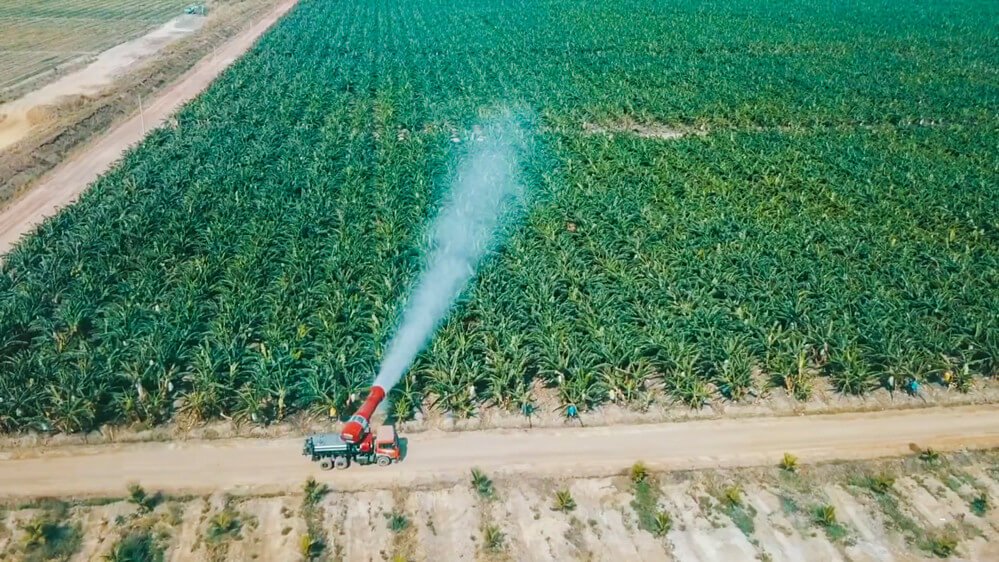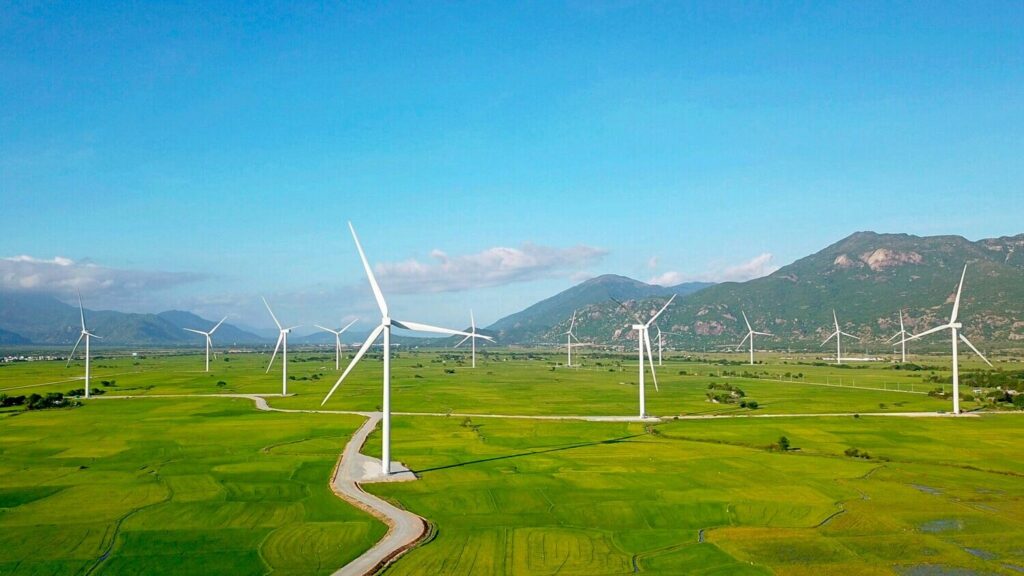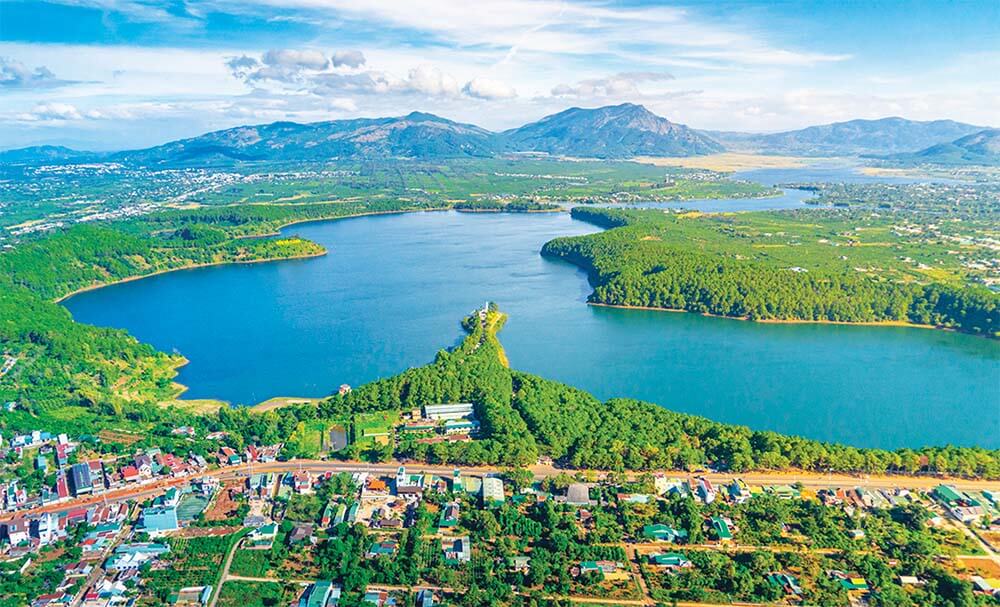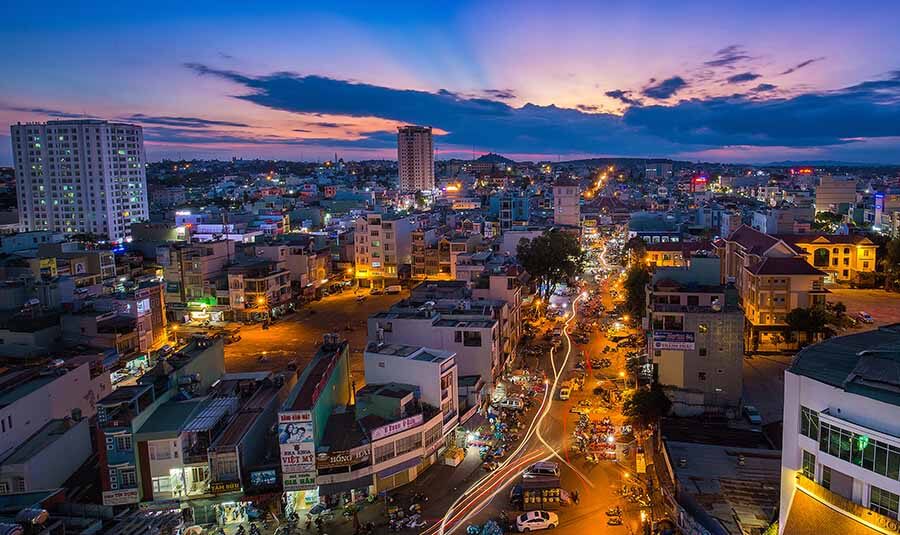Gia Lai province is located in the Northern Central Highlands of Vietnam, with a natural area of more than 15 thousand square kilometers, the largest in the region and the second largest in the country. With special advantages in geographical location and natural conditions, Gia Lai province welcomes Australian investors to learn about and cooperate in investing in its strong fields, including: High tech agriculture; processing industry; renewable energy; tourism.
Regarding agricultural potential associated with processing industry
With more than 845,000 hectares of agricultural land, Gia Lai province has great potential for agricultural development, especially suitable for many valuable crops of high economic value among key export agricultural products of Vietnam such as coffee, pepper, cashew, passion fruit…
Despite its great strength in agricultural production, the economic value of agricultural products is still low. The products produced are mainly raw and the processing rate is very low. Therefore, Gia Lai is prioritizing calling for investors to build agricultural zones applying high technology, supporting the development and application of technology in the production and processing of agricultural products, and livestock raising with industrial scale, forming large-scale concentrated commodity production areas…

Regarding the potential for renewable energy development
The renewable energy industry is a key industry with over 150 wind and solar power projects registered for investment, with a total capacity of more than 23,553 MW.

Regarding tourism potential
Gia Lai has favorable conditions for developing various types of eco-tourism, resorts, cultural-historical tourism and community tourism: diverse terrain, temperate climate at high altitudes of 700 – 800m; wild and majestic natural landscape; rich flora and fauna ecosystem; Kon Ha Nung Plateau has been recognized by UNESCO as a World Biosphere Reserve with an area of more than 417,000 hectares; The Central Highlands gong cultural space has been recognized by UNESCO as a representative intangible cultural heritage of humanity.




